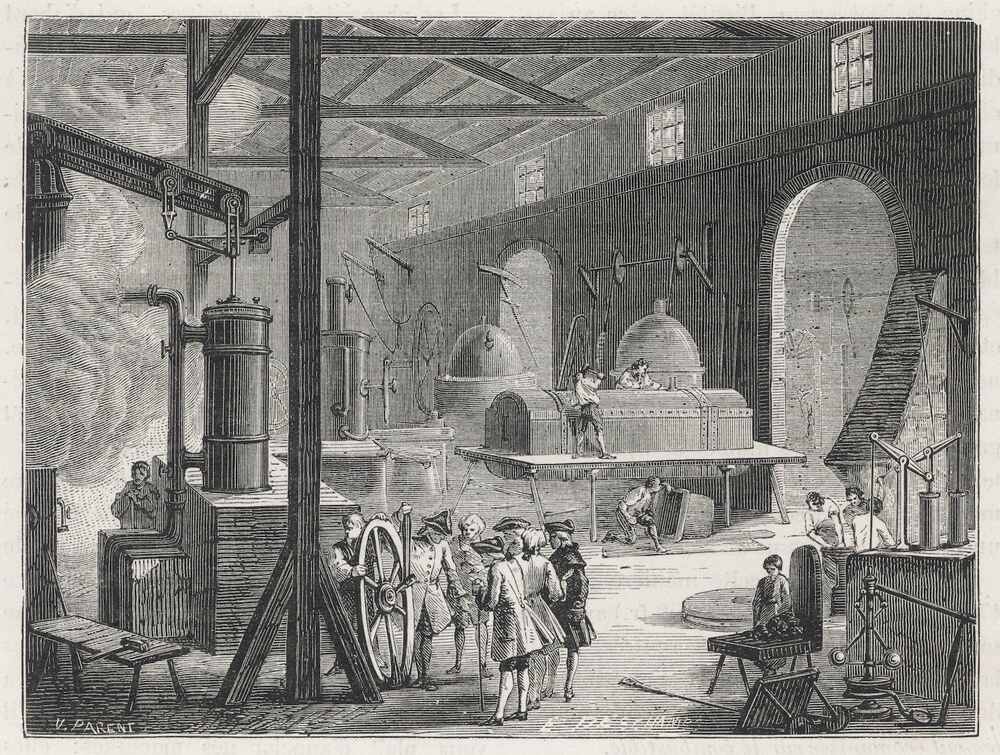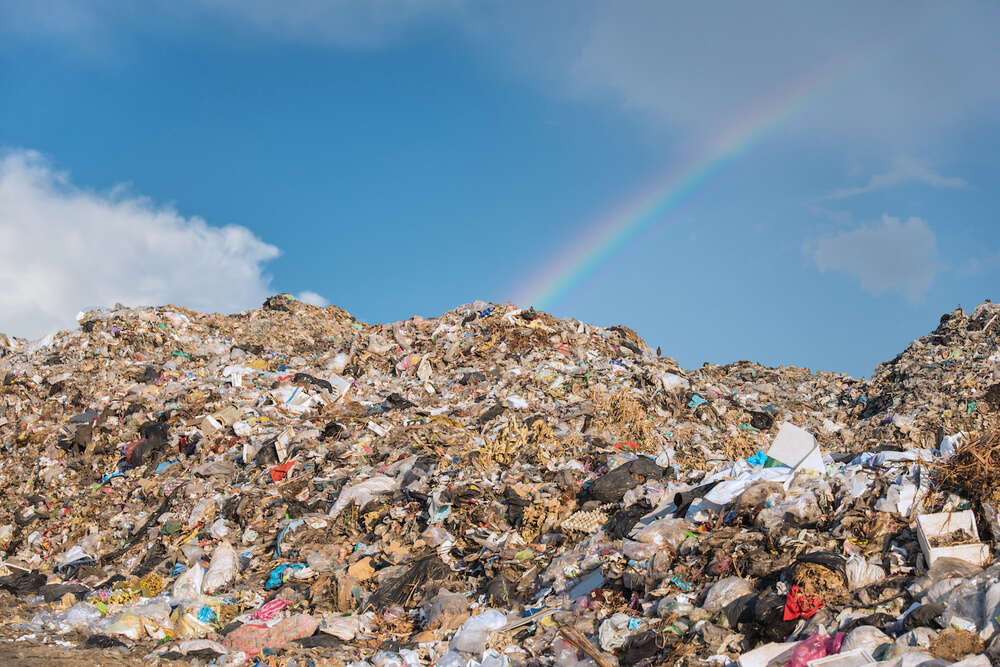It’s hard to imagine a time where we weren’t dragging dustbins to the end of the drive for the binmen to empty. But, an organised waste collection system that would be familiar to us has been around for less than 200 years. So, what did communities do previously, and how did we get to this point? Only through tracing the history of waste disposal can we ascertain an answer.
Early Days of Waste Management
Such a history stretches further back than one might imagine, with the first known wastewater management system being dated to 6500BC Syria. The first landfills that we know of appear in 3000BC Knossos, Crete, consisting of large pits covered in earth. Landfills continued to Classical Athens, with municipal landfills being governed by their own set of legislation. We also see evidence suggesting that waste had to be moved a mile away from the city, presumably so that the sights and scents wouldn’t directly affect the community.
Across the globe, the Mayan civilisation (750BC-1697AD) in present-day Mexico, Belize, Guatemala, El Salvador and Honduras, had a fixed monthly ritual, wherein the people of the local community would gather and burn garbage in large dumps. An early predecessor of the incineration method which was employed in late 19th century Britain.
Waste management in Britain remained mostly small-scale until 1297, when a law passed ruling that tenants were responsible for keeping the front of their houses clear of rubbish. However, this legislation was ignored by the masses, and, by the mid-1300s ‘rakers’ were employed to remove London’s waste. They would collect the waste and dump it just outside the city.
Industrial Revolution

Again, we see a large gap in terms of waste management innovations until the 18th century with the industrial revolution. In the late 18th century, a waste collection and resource recovery system was established around ‘dust-yards’. The main constituent of these yards was coal ash (‘dust’), which had a market value for brick-making and as a soil improver.
Dust-contractors were encouraged to use and sell 100% of the residual wastes remaining after readily saleable items and materials had been. Rag-and-bone men collected anything of minor value that they could sell. White rag could be sold for 2-3 pence per pound.
Old bones fetched a similar price and were sold to merchants to make soap, cutlery handles, toys, and ornaments. Together, this constituted municipal-wide solid waste management, lasting until the 1850s, when market value of ‘dust’ collapsed.
Indeed, social reformer Edwin Chadwick then suggested that local councils provide a coordinated rubbish removal system to clear away waste, arguing that better health and living conditions for the poor would lead to greater productivity. Chadwick’s words were formalised with the 1848 Public Health Act, designed to manage waste regulation. This was followed by a second act in 1875, aimed to put an end to scavenging through other people’s rubbish. Households were instructed to store their waste in a ‘moveable receptacle’, i.e., the first modern dustbin!
In 1874 the first incinerator was built in Nottingham, and, until WW1, many large towns had their own destructor, with some being able to generate electricity from the burning rubbish. This electricity sometimes used to charge the batteries of the local council’s electric refuse collection vehicles. However, there was great resistance from nearby residents due to the amount of ash these plants produced, and thus, the use of incinerator plants decreased.
Becoming Environmentally-Conscious
The Clean Air Act of 1956 reduced the amount of household fires lit by families burning their own waste, leading to an increase in the volumes of rubbish to be removes, and a favouring of landfills over incinerators.
Moving towards the present day, a ‘green revolution’ continued from the 1970s into the 1990s, with the emergence of a 1996 government strategy entitled ‘Making Waste Work’. This strategy outlined how at least 25% of all household waste could be recycled by the year 2000. These days, we have access to a myriad of products made from recycled materials, from bottles to bags, and from furniture to roads.



